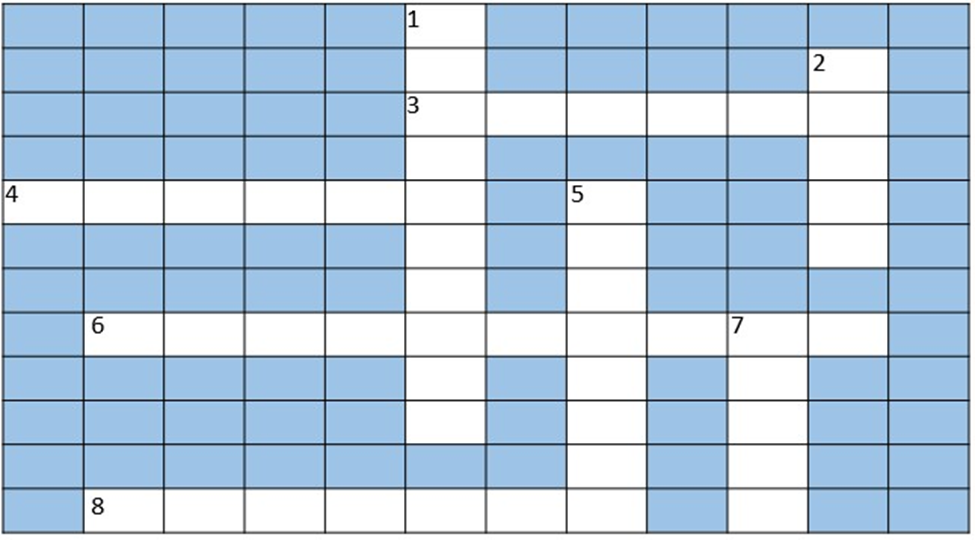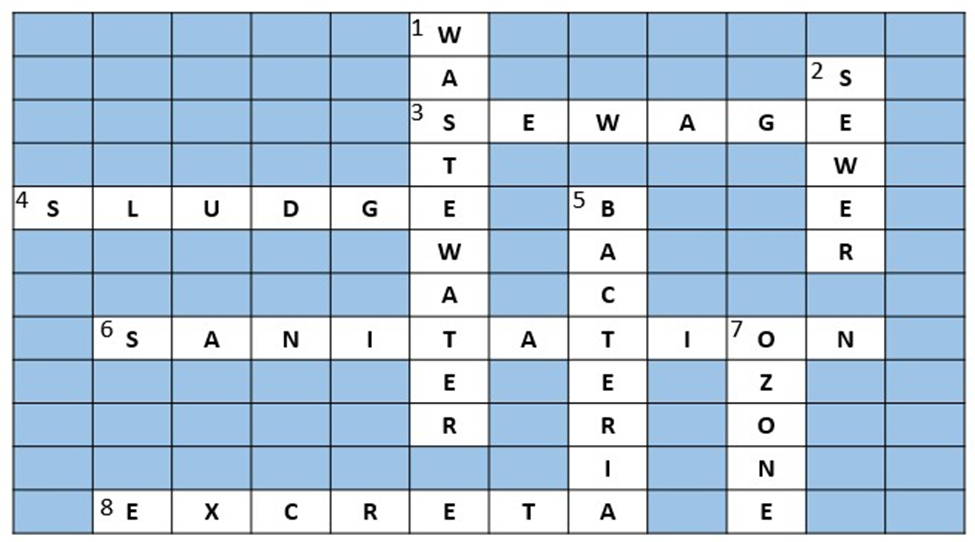NCERT Solutions for Class 7 Science Chapter 13 Question Answers - FREE PDF Download
FAQs on NCERT Solutions For Class 7 Science Chapter 18 Wastewater Story (2025-26)
1. Define Sludge and Explain its Treatment from Science Chapter 13 class 7 question answers.
Sludge is a solid waste, which is a result of secondary treatment of Water. The by-product is generally scrapped from the bottom of the Wastewater Treatment Plant using a skimmer and is subjected to clarified Water to lather the product. The Sludge is generally transferred to a tank and undergoes a slow decomposition process with the help of the anaerobic bacteria to produce Biogas. Biogas is usually known as an activated Sludge and you’ll often find it useful as Bio-Manure.
2. What is the connection between sanitation and disease in wastewater management class? What are the 7 questions and answers?
Sanitation is a condition that defines public health and to remain free of diseases. It is necessary to adopt clean and proper methods of disposal of waste and sewage. Sanitation is also inclusive of clean drinking water. The cause of the disease is in an environment that lacks Sanitation. Dirty and stagnant Water is a thriving place for organisms, flies, and mosquitoes, and improper disposal of wastewater and sewage leads to water-borne diseases. Therefore, Sanitation is the ultimate tool that helps make the environment disease-free.
3. How many questions are present in wastewater story class 7 solutions?
There are 12 questions in the NCERT Solutions for Class 7 Science Chapter 13 Wastewater Story. NCERT Solutions provides students with reliable and genuine materials to help them comprehend, analyse, and respond to problems effectively. NCERT Solution for Class 7 Science Chapter 13 provides students with a quick overview of the chapter and succinct answers to problems. NCERT Solutions for Class 7 Science Chapter 13 PDF is simple and easy-to-understand and covers all of the important ideas and subjects.
4. How many questions have long solutions(more than 180 words) in wastewater story class 7 questions with answers?
Class 7 NCERT Chapter 13 The Wastewater Story, its by-products, sewage, and the function of safe disposal techniques are all part of the science. The emphasis in Science Class 7 Chapter 13 is on short and lengthy responses. The Chapter Wastewater Story is worth 4 or 8 points in the intermediate exams or yearly examinations. Class 7 Science Chapter 13 Solution includes the chapter's significant problems from the NCERT textbook.
5. What is wastewater according to the class 7 science wastewater story question answers?
Chapter 13 of NCERT Solutions for Class 7 Science focuses on pollutants' concerns with natural resource water and its grave effects. It discusses how pollution is created and how it affects people's health. The conversion of wastewater created by human activities, which results in soil and water contamination, is also covered in this chapter. The construction of a wastewater treatment plant to minimise pollution levels in the environment. Adoption and installation of low-cost on-site sanitation solutions to replace sewage systems that are unavailable. The Wastewater Treatment Plant's by-products, on the other hand, include Biogas and Sludges.
6. What is sludge? Explain how it is treated from Wastewater Story class 7
Physical, chemical, and biological procedures are used in wastewater treatment to eliminate contaminating physical, chemical, and biological materials. Water passes through bar screens before being sent to a grit and sand treatment tank. After that, the water is allowed to settle in a huge tank with a sloping centre. Solids, such as faeces, settle in the bottom and must be scraped away with a scraper. The sludge is this. A skimmer is used to remove floatable materials such as oil and grease. Clarified water is a term used to describe water that has been cleansed of impurities. The sludge is transported to a separate tank where anaerobic microorganisms break it down. The biogas generated during the process can be utilised as a fuel or to generate power.
7. Where can I find the PDF of NCERT Solutions of class 7 science chapter 13?
You can find the PDF of NCERT Solutions of Chapter 13 of Class 7 Science free of cost on the Vedantu website and app. NCERT Solutions provides students with reliable and genuine materials to help them comprehend, analyse, and respond to problems effectively. NCERT Solution for Chapter 13 of Class 7 Science is a very efficient way to kickstart your preparation and the PDF version makes it all the more convenient. It will help you organise your notes better and also amp up your understanding.
8. What key topics are covered in the NCERT Solutions for Chapter 13?
The difference between clean water and wastewater.
Sources of wastewater generation (homes, industries, etc.).
The harmful effects of untreated wastewater on human health and the environment.
Different types of sanitation systems (sewers, septic tanks, etc.).
The importance of wastewater treatment plants and their basic functionalities.
9. Are NCERT Solutions enough for scoring well in Class 7 Science?
While NCERT Solutions are a valuable resource, using them alongside your textbook, class notes, and other reference materials is recommended for a well-rounded understanding.



























